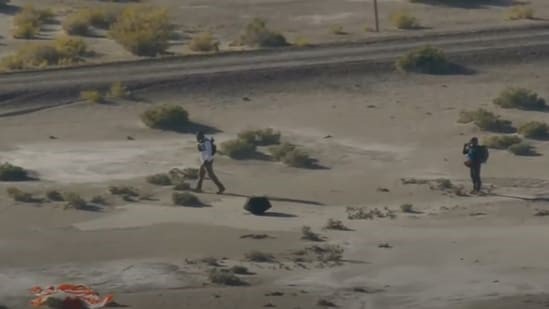Free Courses Sale ends Soon, Get It Now


Free Courses Sale ends Soon, Get It Now



Disclaimer: Copyright infringement not intended.
Context
Details
Mission Objectives
The primary objectives of the OSIRIS-REx mission were to:
Spacecraft and Instruments
The OSIRIS-REx spacecraft was equipped with various scientific instruments and systems to achieve its objectives:
Key Mission Events
Scientific Significance
The OSIRIS-REx mission has significant scientific implications:
Bennu: The Asteroid of Interest
Conclusion
The mission's collected sample is expected to be studied for decades, contributing to our understanding of the solar system's origins and potentially offering new clues about the development of life on Earth.
|
PRACTICE QUESTION Q. Consider the following statements regarding NASA's OSIRIS-REx mission: 1. OSIRIS-REx successfully collected at least 60 grams of surface material from the asteroid Bennu. 2. One of the instruments on OSIRIS-REx, OVIRS, analyzed the temperature of Bennu's surface. 3. The mission's Sample Return Capsule (SRC) landed in the Nevada desert upon its return to Earth. Which of the following options is correct? A) Only Statement 1 is true. B) Statements 1 and 2 are true. C) Statements 2 and 3 are true. D) All three statements are true. Answer: B) |
© 2024 iasgyan. All right reserved